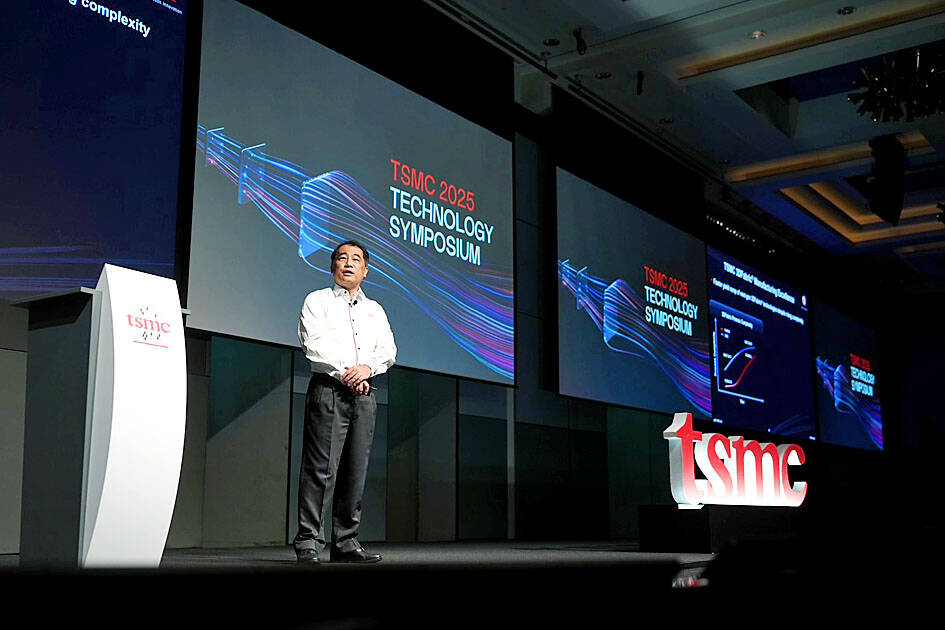KEY TAKEAWAYS:
- - Foundry capacity is forecasted to grow at 4.3% CAGR[1] from 2024 to 2030.
- - Mainland China to lead in foundry capacity by 2030, with 30% of global share.
- - U.S. players account for 57% of wafer demand but own only 10% of foundry capacity.
- - Global foundry utilization to remain at about 70%, with growth heavily dependent on demand.

Yole Group’s 2025 analysis highlights how the global semiconductor supply chain remains highly fragmented and increasingly vulnerable to geopolitical tensions. Since the U.S. launched a semiconductor-focused trade war, mainland China has ramped up efforts to build a self-sufficient domestic ecosystem. In response, governments worldwide have launched significant subsidy programs to re-localize and fortify their semiconductor infrastructure.
One of the most impressive contrasts identified is in the U.S. market.
In contrast, Taiwan controls 23% of global foundry capacity but accounts for only 4% of wafer demand, as highlighted by Yole Group in its 2025 foundry report. Taiwanese foundry players mainly supply the US fabless ecosystem through players like TSMC, UMC, and VIS. South Korea with players, such as Samsung, is mostly satisfying its domestic demand with an equal share of global capacity and wafer demand at 19%.
A question of capacity…
The Status of the Semiconductor Foundry Industry report reveals the worldwide capacity and its distribution as well as regional dependencies. It analyzes this dynamic landscape and how it is expected to evolve.- Mainland China is rapidly becoming a central player. In 2024, it held 21% of foundry capacity despite generating just 5% of global wafer demand. Much of this excess capacity is either foreign-owned or offered as open foundry services, although utilization rates remain below the global average. By 2030, China is projected to dominate the global foundry landscape, accounting for 30% of installed capacity, outpacing Taiwan, South Korea, and Japan.
- Europe and Japan are holding steady in terms of the supply-demand balance, though much of their foundry capacity is tied to their own internal market. The Southeast Asian region, especially Singapore and Malaysia, owns 6% of global foundry capacity, although it lacks domestic players and therefore operates entirely on foreign-owned foundries.

“The foundry market is more of a capitalistic game than a product competition,” explains Pierre Cambou from Yole Group. “Ownership, location, and utilization must now be read through national interests, economic security, and long-term technology strategy.”
Who owns the fabs?
While U.S.-based players still control roughly 20% of global capacity, 10% locally and 10% abroad, China’s domestic players are rapidly expanding own local capacity from 15% in 2024 to significantly more by 2030. This growing divergence between where capacity is built and who owns it points to future uncertainties in market access, supply chain transparency, and strategic leverage.
There’s a clear geographical overweight toward Asia, and that will only deepen. The global foundry market will be decided less by where fabs are located and more by who owns them.
The semiconductor foundry industry is entering a decisive decade. With geopolitical tension, regional capacity expansions, and ownership battles shaping its trajectory, the path forward will be driven much more by the demand-side dynamics than by the investment capacity, which is already overwhelming.
Yole Group’s latest forecast delivers critical perspectives on the ongoing transformation of the global semiconductor landscape. As the industry takes on an increasingly strategic role in global affairs, Yole Group’s analyses serve as a vital resource for stakeholders seeking clarity amid uncertainty, guiding informed investment, policy, and business decisions. Get more information by following Yole Group on LinkedIn and its corporate website, yolegroup.com.

